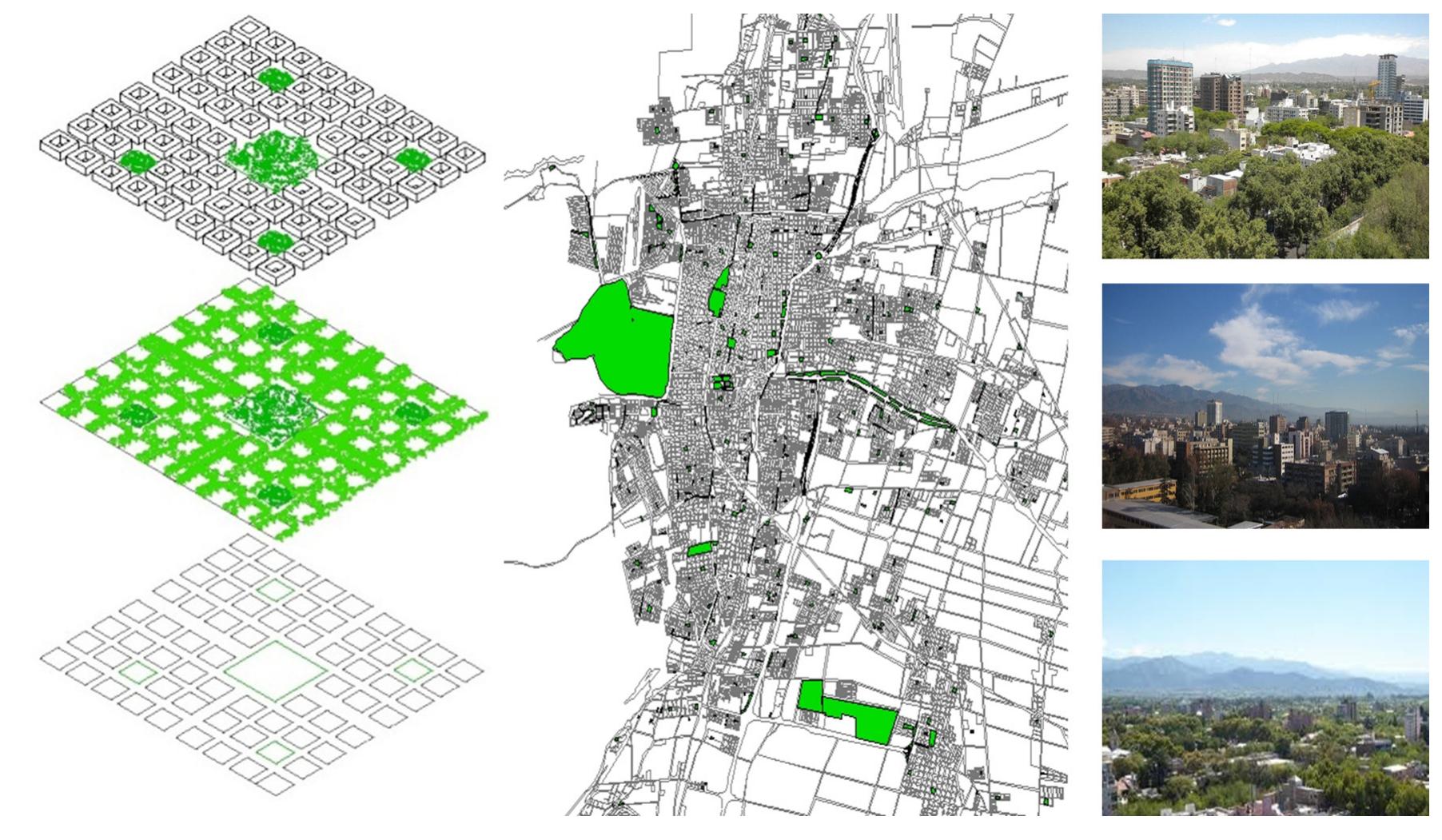Key research themes
1. How can optimization methodologies improve the energy performance of existing buildings during renovations and retrofits?
This research area focuses on methods and decision-making tools to enhance energy efficiency in existing buildings through optimized renovation or retrofit strategies. The importance lies in leveraging limited resources and addressing multiple conflicting objectives (e.g., cost, comfort, emissions) to effectively reduce energy use and carbon footprint, particularly since existing building stock represents a majority of the built environment.
2. What are effective strategies to balance energy efficiency with conservation of heritage and culturally significant buildings?
This theme addresses the challenge of improving operational energy performance in heritage buildings without compromising their architectural, cultural, and historic values. It explores how to develop retrofit strategies that respect conservation principles, incorporate life-cycle energy considerations, and integrate newer technologies while maintaining authenticity and compliance with international heritage frameworks.
3. How do occupant behavior and building operation influence measured energy efficiency, and what indicators effectively capture these dynamics?
Research under this theme investigates the interplay between actual building use patterns, occupancy, space efficiency, and energy consumption indicators. It challenges the adequacy of conventional metrics like specific energy consumption (SEC) when occupancy varies and explores how more nuanced indicators may better represent operational energy efficiency, informing design, benchmarking, and performance improvement measures.













